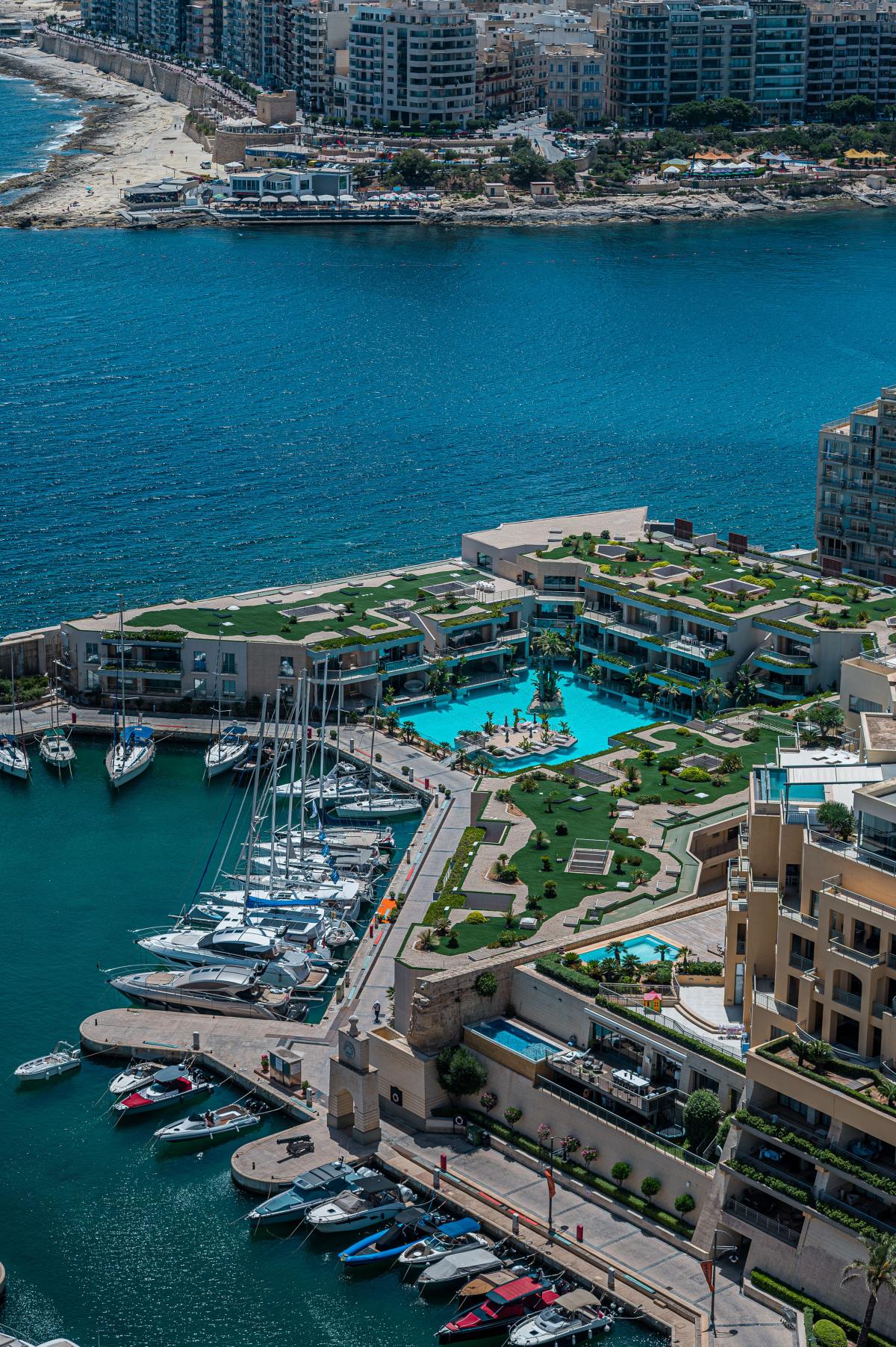The Maltese economy demonstrated robust growth in 2024, expanding by six per cent in real terms, according to the Central Bank of Malta’s latest annual report. This marks a moderation from the 6.8 per cent growth registered in 2023, yet it still places Malta well ahead of many euro area counterparts in terms of economic performance.
The primary driver of growth was domestic demand, which rose by 5.3 per cent and contributed 4.4 percentage points to GDP growth. Private consumption grew by 5.7 per cent, aided by rising household incomes and strong activity in tourism-related sectors. In fact, spending on restaurants, accommodation, transport, and recreational activities saw the highest increases.
Public sector consumption also played a significant role, increasing by 7.3 per cent and further supporting aggregate demand. Gross fixed capital formation rose modestly by 2.4 per cent, marking a turnaround after a contraction in 2023.
Services sector fuels GDP
The services sector remained the engine of growth, contributing 3.3 percentage points to GDP. Within this sector, wholesale and retail trade, the repair of motor vehicles, and accommodation services saw the most notable increases. Manufacturing and construction also registered positive, albeit smaller, contributions.
In nominal terms, GDP grew by 9.4 per cent, with all components – compensation of employees, operating surplus, and net taxes – making positive contributions. The GDP deflator, a key indicator of domestic inflationary pressures, eased to 3.2 per cent , down from five per cent in the previous two years.
Labour market
Employment continued to grow at a healthy rate, rising by 5.9 per cent during the first three quarters of 2024. However, this marked a slight deceleration from the seven per cent growth seen in 2023. Full-time jobs were the main contributor, increasing by 17,000, while part-time roles rose by around 600. The unemployment rate declined to 3.2 per cent, well below the euro area average of 6.4 per cent.
Malta’s employment rate stood at 79.0 per cent, significantly higher than the euro area’s 70.4 per cent. The female employment rate reached 71.8 per cent, narrowing the gender gap in labour force participation.
Foreign labour still rising, but at slower pace
The number of foreign workers rose to 122,187 in September 2024, up from 109,165 a year earlier. The largest gains were observed in elementary occupations and services and sales jobs, continuing a trend where foreign workers fill crucial labour market gaps.
Inflation eases substantially
One of the most positive developments in 2024 was the decline in inflation. Headline Harmonised Index of Consumer Prices (HICP) inflation dropped to 2.4 per cent, down from 5.6 per cent in 2023. Food prices – particularly processed goods such as bread and dairy – saw a notable slowdown thanks in part to the government’s “Stabbiltà” scheme which capped certain price increases starting in February 2024.
The core HICP inflation rate, which excludes food and energy, also eased to 2.1 per cent, reflecting broader disinflation across sectors such as recreation, personal services, and communications.
Retail Price Index (RPI) inflation followed suit, averaging 1.7 per cent in 2024, down from 5.1 per cent in 2023. This was largely due to moderation in food and personal care prices.
Residential property prices increased at an average annual rate of 6.9 per cent during the first three quarters of 2024, outpacing the euro area’s 1.2 per cent. Construction investment grew by seven per cent in real terms, largely fuelled by a surge in non-residential building activity.
The number of permits for commercial buildings rose by 5.6 per cent to 2,673 – above the long-term average – while residential permits increased to 8,716, up from 8,112 in 2023.
Public finances improve
Malta’s fiscal health showed encouraging signs. The general government deficit narrowed to 3.7 per cent of GDP, and the debt-to-GDP ratio remained relatively low at 48.9 per cent. This compares favourably with the euro area average, where the debt ratio stood at 88.2 per cent in September 2024.
The country’s net financial worth also improved, closing the third quarter at -30.1 per cent of GDP, significantly better than the euro area’s -57.1 per cent.
Outlook for 2025
Looking ahead, the Central Bank of Malta projects that GDP growth will moderate to four per cent in 2025, with further softening expected in subsequent years. Private consumption is expected to continue supporting growth, but at a slower pace, while risks to inflation remain balanced. Upside risks include stronger wage growth and investment, while downside threats include geopolitical instability and higher energy costs.
Skills shortages overtake tax reform as top threat to Malta’s investment attractiveness
Survey findings warn that execution is now critical
Sustainability at the heart of Tumas Group: A conversation with Kevin Spiteri
The Group Engineer says long-term commitment to environmentally responsible growth continues to inform every decision
Finance Minister: Average restaurant pays just €4,500 in Corporate Tax annually
Minister Caruana addressed calls from the catering industry to reduce the VAT rate on restaurant services from 18% to 7%






